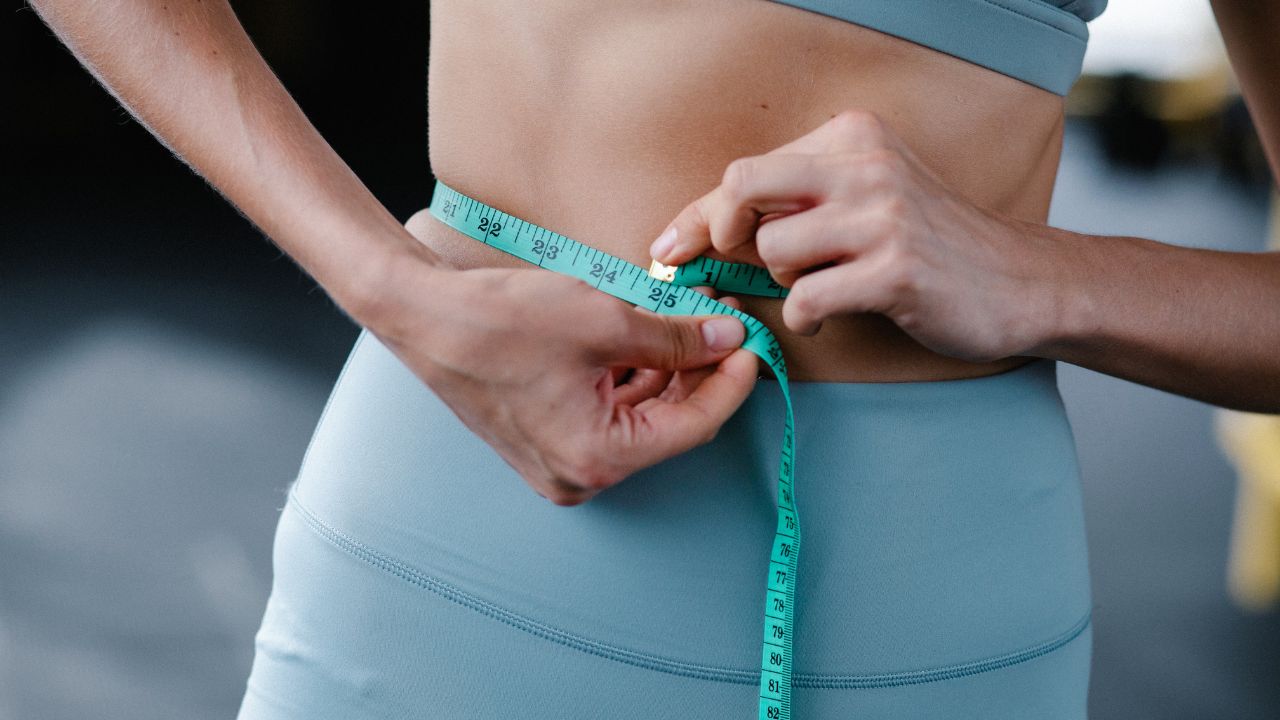
Did you know that some types of skiing burn more calories then others? This article will explain the differences in cross-country and downhill ski and what the physical demands are for each. Another way to increase your calories is by off-piste skiiing. You can expect to burn more calories in this activity than traditional skiing. Learn how to make skiing a more enjoyable sport.
Uphill skiing burns more calories
Skiing uphill is better for your health than downhill. You must understand the factors that influence how much calories you burn while skiing. By understanding these factors, you can optimize your workout and get more benefit from your skiing experience. These are the most important things to remember:
Cross-country skiers can typically burn around 550 calories per hour. Skate skiing, the most intense form, can burn around 1,100 calories per an hour. Nordic skiers can burn as many calories as standard skiers, but are more energetic. However, Nordic skiing involves hiking up steep hills. Nordic skiing burns approximately the same amount as running. Make sure you have moderate calories in daily meals.

Downhill skiing burns less calories
Skiing can burn a lot of calories, and it all depends on how you are doing. Because downhill skiing involves both aerobic and anaerobic exercise, it is one of the most efficient winter sports for calorie reduction. Harvard Medical School's research has shown that a person with a body weight of around 155 pounds can burn around 532 calories during an hour of downhill ski. This activity's calories are directly proportional to your body weight. Skiers who are obese should consider their diet when planning their ski schedule.
Experts recommend that beginners spend an entire hour on the slopes of downhill skiing before moving onto other disciplines. Skiers should practice dynamic turns to strengthen their core muscles, and increase their flexibility. Additionally, they should use poles to gain momentum as they climb the mountain. Although beginners burn less calories per hour than those who are more skilled, they will still burn more calories overall. You can get the most from your downhill skiing sessions by following a specific fitness program.
Cross-country skiing burns more calories than downhill skiing
If you're looking to burn more calories while you're skiing, cross-country skiing is the way to go. A 150-pound cross-country skier can burn 500 calories an hour with the same effort as a novice. Cross-country skiing demands you to work harder, so you'll burn less calories.
According to Harvard Health Publications, cross-country skiing burns approximately 1,000 calories per hour, which is almost double the amount of calories burned by downhill skiing. Snowshoes can also be used for skiing. The average person will burn between 380 to 500 calories an hour, depending on their difficulty level. CPA can only give estimates for certain sports such as freestyle skiing.

Off-piste skiing requires more physical effort
Off-piste skiing requires more technical skills and more confidence in adjusting to mountain conditions. This requires mastery of many skiing techniques. First practice on easier terrain. Then, move up to steeper slopes where you can test yourself. You'll learn to ski better and more quickly if you are willing to push yourself.
Off-piste skiing requires specific equipment, like wider skis for powder and stiffer skis for harder snow. Powder turns are easier if your skis are larger than usual. In crusty snow, it's important to understand how to keep your weight evenly distributed on both skis. You will need to sit upright on hard-packed snow. Your weight should also be evenly distributed on each ski. The slow and deliberate approach is required for thin snow that has protruding rocks. This skill can be improved with training.
FAQ
Would cardio exercises make me lose weight fast?
Cardio exercises are great for burning calories, but they don't necessarily help you lose weight. It all depends on how much weight you have and what type of exercise you do.
If you're overweight, then cardio exercises may not be enough to burn off all those extra pounds.
They should be combined with other types of exercise and dieting.
Cardio exercises, such as running or jogging, can help you lose weight quickly. These exercises burn more calories than any other form of exercise.
However, resistance training is required if you wish to build muscles and not lose weight. Resistance training requires the use of free weights and machines as well as elastic bands.
Combine cardio exercises and resistance training to quickly lose weight.
A combination of cardio and resistance training will help you lose weight quickly.
What can I eat in the morning while intermittently fasting
It is a good idea to drink water early in the day. It helps you feel full faster and gives you energy throughout the day. You can add lemon juice or cucumber slices to enhance the flavor.
How do I lose weight
People who desire to look great are most interested in losing weight. People want to live longer and feel better. There are many methods to lose weight and different types of exercise. These include strength training, cardio training, yoga and pilates. Each exercise has its advantages and disadvantages. For example, if you want to burn calories, then walking would be your best option. However, if you want to build muscle mass, then lifting weights would be the best choice. In this article we will discuss the best exercises to use to lose weight.
The first thing to consider when losing weight is what kind of diet plan you should follow. There is no need to eat less; you can eat fewer processed foods, and avoid junk food. It is recommended that you consume at least 2200 calories daily. Your calorie intake should be reduced if your goal is to lose weight fast. This will allow you to shed fat more quickly.
Exercise is a great way to lose weight quickly. Exercise is a great way to burn calories and increase your metabolism. You must combine exercise and a healthy diet to lose weight. When you exercise, you use up energy, and therefore you won't be able to eat as much. Your body will begin to burn fat quicker if you train regularly. Also, regular workouts help you maintain a healthy lifestyle. You stay fit and help prevent diseases like diabetes, heart disease, hypertension, and obesity.
You should try to walk as much as possible. Walking can burn around 500 calories an hour. You can burn about 1500 calories if you walk for 30 minutes each day. One pound of fat will be lost per week if you walk 30 minutes each day. You can also run or jog for 10 minutes. Running burns approximately 1000 calories an hour. You should run 20 minutes each day if your goal is to lose five pounds in just three weeks.
Combining exercise with healthy eating habits is the best way lose weight. It is important to strike a balance among these two.
What is the difference between intermittent fasting or calorie restriction?
Calorie restriction can be defined as eating less than your body needs. Intermittent fasting differs from other types of intermittent fasting in that it does not restrict calories. Instead, the emphasis is on eating fewer calories each day.
Intermittent fasting allows you to indulge in foods that you love while feeling guilt-free.
Both methods have pros and cons. Decide which one you prefer.
How long do I need to fast for weight loss?
It's not as easy to answer as you might think. It is important to take into account a number of factors when deciding the optimal days for fat loss. These are:
-
Your age. You may find intermittent fasting too difficult if you're younger (under 40) because you have less time between fasts. Alternately, if your age is over 60, intermittent fasting might prove too challenging because you may not have enough energy to last for extended periods of time.
-
Your current body composition. A longer period of fasting is more beneficial for those with a lot of muscle mass. However, if you have little muscle mass, then shorter periods of fasting may be better suited for you.
-
How physically active. You may need to increase your fasting time if you exercise often. This will ensure you get enough rest between workouts.
-
Your health history. People with heart disease, diabetes, and cancer may require extra fasting monitoring.
-
How do stress and anxiety affect you? Stressful situations often cause us to eat more. To avoid this, you might want to increase the lengths of your fasting window.
-
The type of diet you follow. Certain diets, like ketogenic diets, may require even longer fasting periods.
-
Your quality of sleep. Also, a lack of sleep has been linked with increased appetites and decreased metabolism. It might take some time to find what works best for your needs.
-
How much protein you eat. Protein helps stabilize blood sugar levels, which means that eating more protein could potentially lead to lower insulin levels. This would allow you to fast for longer periods of time.
-
It doesn't matter if you want to gain or lose fat, those who are trying for weight gain will often require longer fasting periods.
-
What percent of your daily calories are you consuming during your fasting time? Fasting for fewer calories a day can result in more fat loss than fasting to eat more calories a day.
-
Your overall fitness. The metabolic rate of fast people who are fit is higher, which means they burn more calories each day.
-
Your gender. Men tend to have greater appetites that women, so they may need a longer fast. Women are more likely to have smaller appetites and may need to fast only 20-30 minutes every day.
-
Your lifestyle. Do you exercise a lot? Do you do a lot of exercise each week? Does your job involve sitting at a desk all day long? These factors can impact how fast you should be moving.
-
How much money do you spend on food? Eating healthy foods doesn't necessarily mean spending much money on groceries. Whole grains can be substituted for white bread, whole fruits can be purchased instead of candy bars and lean meats over fatty cuts.
-
It is vital that you control your hunger. You might not have to fast as much if your hunger isn't a problem.
How often do people fast regularly?
People who are on a ketogenic diet only fast once a week. But, some people fast twice per week. And others fast three times per week.
Every fast is different. Some people fast for 24 hours, whereas others fast for 48 hours.
Some people may even stay awake for 72 hours. These extreme cases are rare.
Statistics
- It's estimated that half of all American adults attempt to lose weight every year (1Trusted (healthline.com)
- One study in 9 active men found that HIIT burned 25–30% more calories per minute than other types of exercises, including weight training, cycling, and running on a treadmill (18Trusted Source (healthline.com)
- According to Harvard Health, it's estimated that a 155-pound (70-kg) person burns roughly 112 calories per 30 minutes of weight training (5). (healthline.com)
- According to a study sponsored by the American Council on Exercise, a person weighing around 140 pounds (64 kg) would burn 108 calories at a 30-minute beginner's Pilates class or 168 calories at an advanced class of the same duration (26). (healthline.com)
External Links
How To
How to exercise to lose weight
It is one of best ways to lose weight. Many people do not know how they should exercise. Cardio exercises include walking, running, swimming and cycling. Strength training should also be included such as lifting weights, doing pushups, pullups, squats, lunges etc. Combining these types of exercises is the best way to lose weight. Find friends who are open to joining you on your exercise journey. You have the option to go to a gym, but you also have the option of walking around the neighborhood. No matter which type of activity, you need to be consistent with it. It's easy to get off-track when you first begin working out. If things don't go your way, don't lose heart. Keep going.